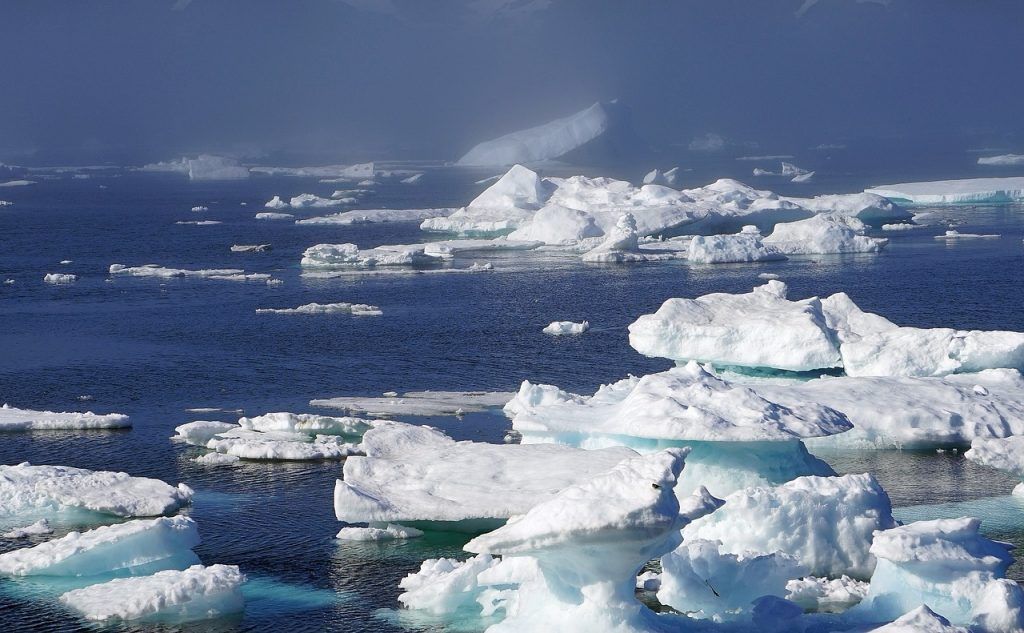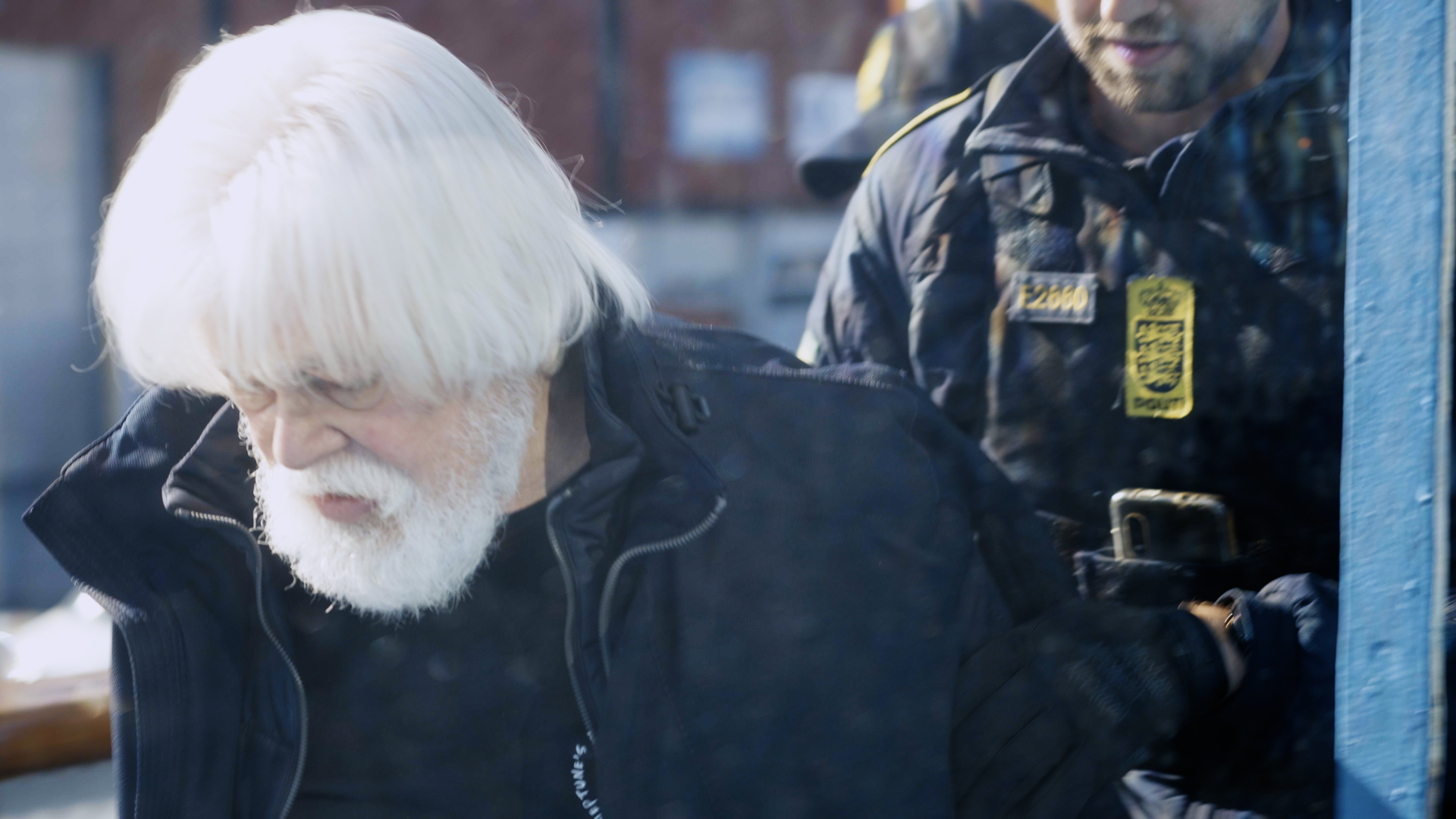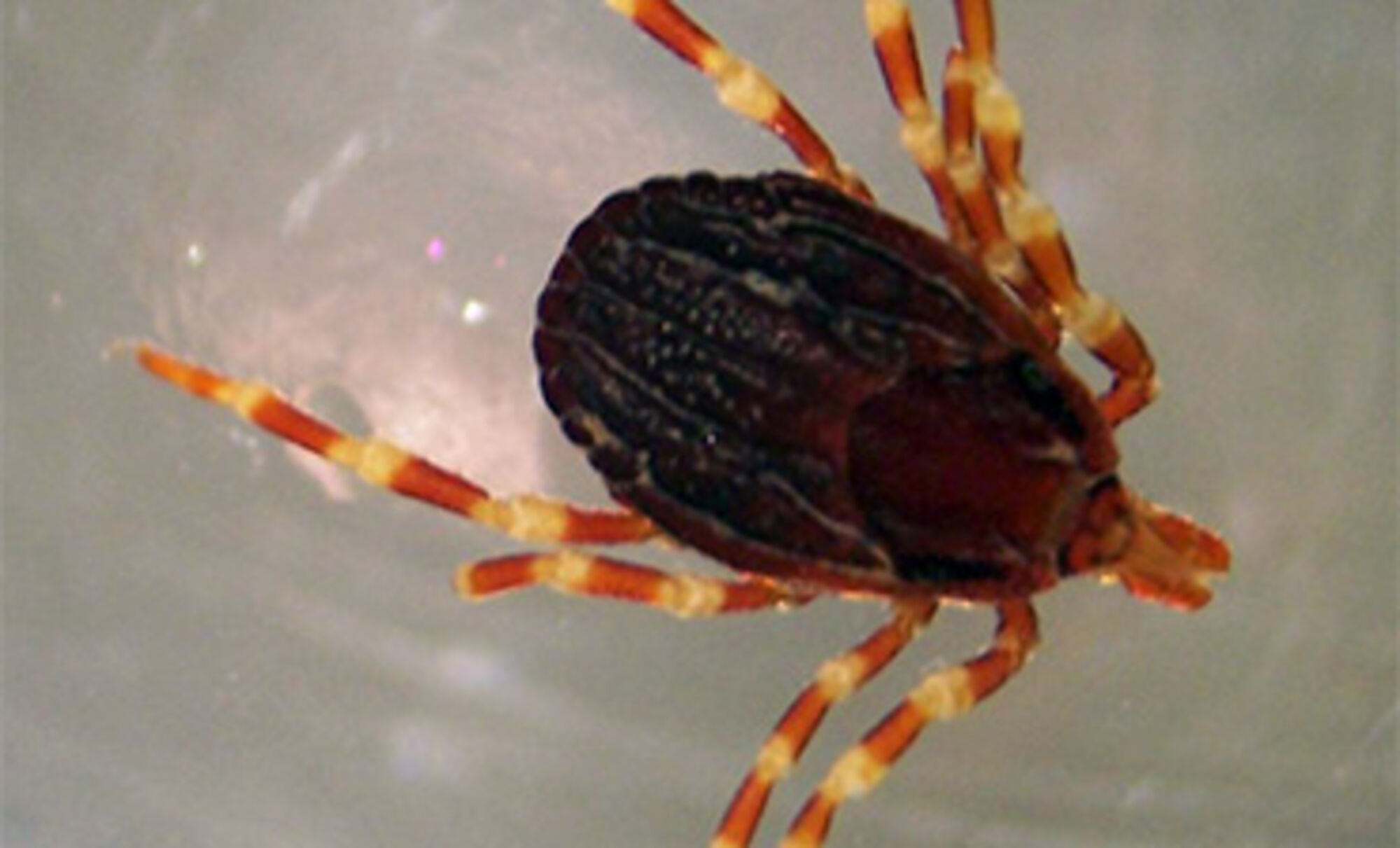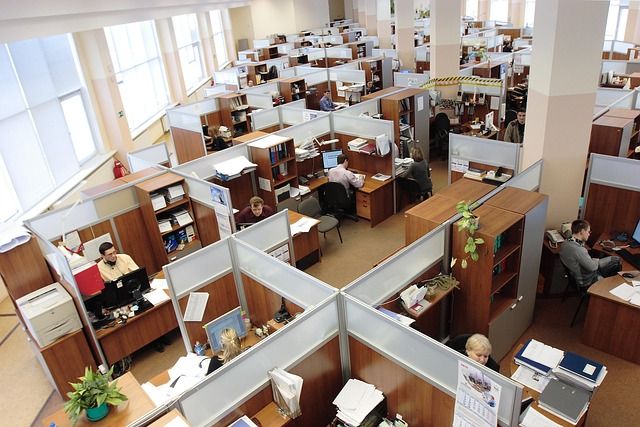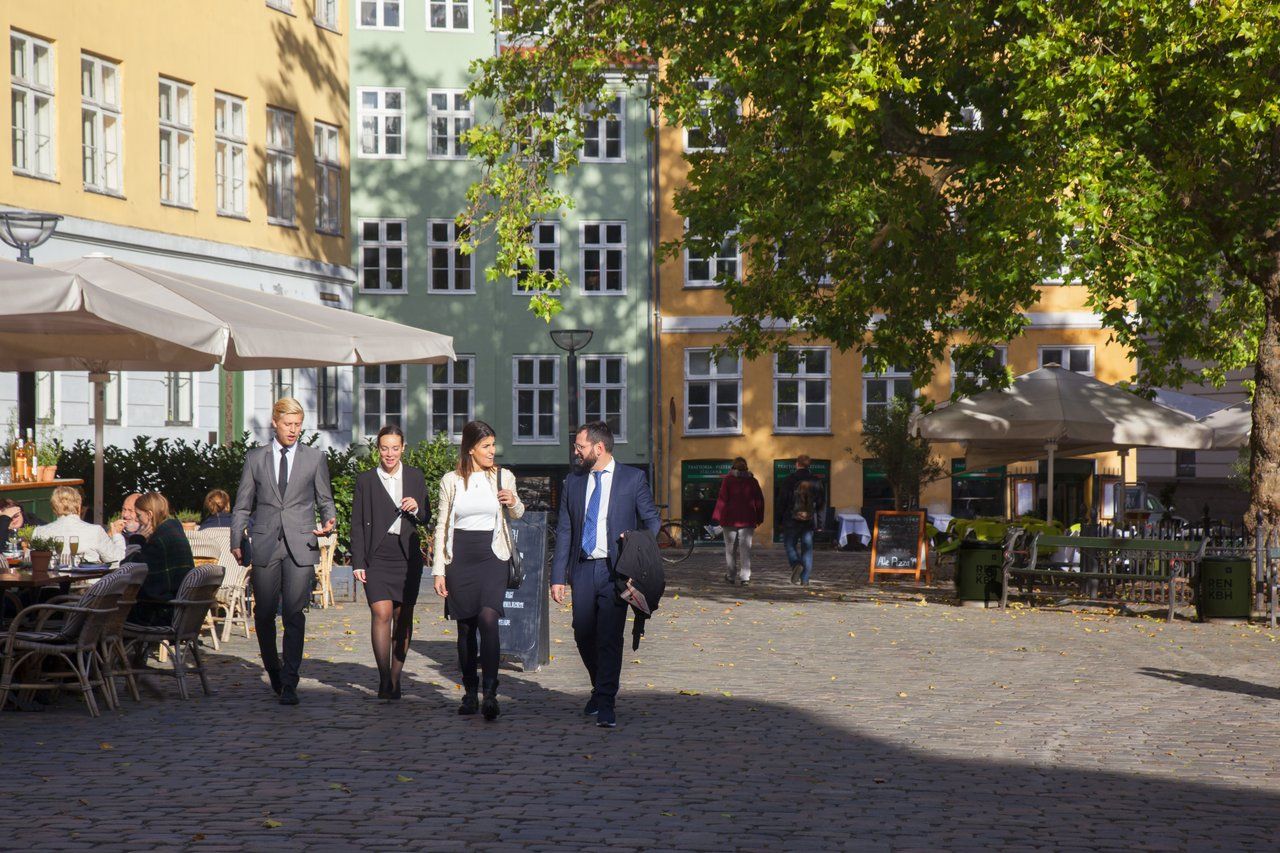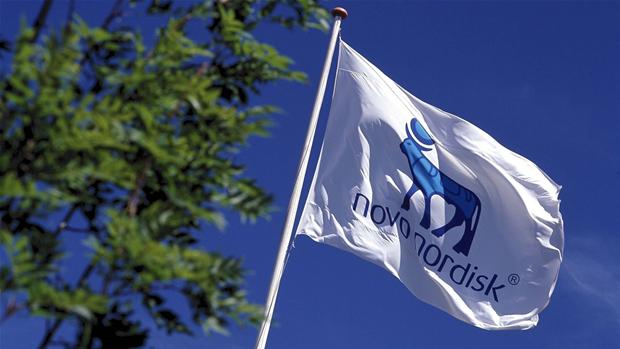The bill for cleaning up toxic sites around the country are growing. In many cases, the companies that made the mess are long gone, or simply refuse to pay, so the state is footing the bill.
One of the most contaminated sites is Kærgård Plantation on the west coast of Jutland near Henne Strand. For decades, trucks carrying waste from chemical production at Grindstedværket dumped what ultimately added up to 300,000 cubic metres of waste contaminated with mercury and chlorinated solvents.
The toxic cocktail contaminated the soil, groundwater and bathing areas. There has been a ban on swimming on some parts of the beach in the area since 1964.
The plantation site is just one example of toxic dumps scattered throughout the country
Many more sites
Council association Danske Regioner is responsible for the clean-ups, and it has identified 30,000 contaminated or possibly contaminated sites. The top 130 of those alone would cost at least 10 million kroner each to clean up.
Cleaning up Cheminova’s mess at Harboøre Tange near Lemvig alone would cost at least 250 million kroner.
READ MORE: Supreme Court cuts pollution fine
Regions are allotted about 300 million kroner annually to investigate and clean up contamination areas, with the total public investment estimated to wind up costing as much as 14.5 billion kroner. At the current rate, it could take 50 years to get all of the toxic sites cleaned up enough to meet environmental requirements.
New rules, higher costs
Beginning from January 1, councils will be responsible for checking that toxic waste in their area is not harming human health and drinking water, and also monitoring its effect on streams and the natural environment.
“This will be an additional expense,” Morten Sørensen, the head of the Dansk Regioner centre for soil contamination, told Metroxpress.


